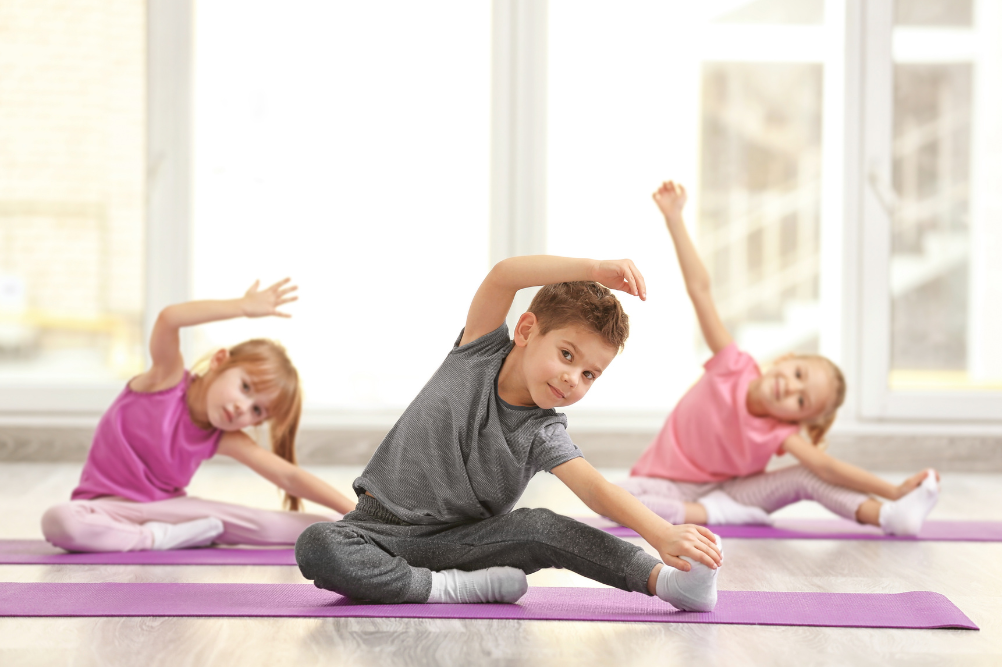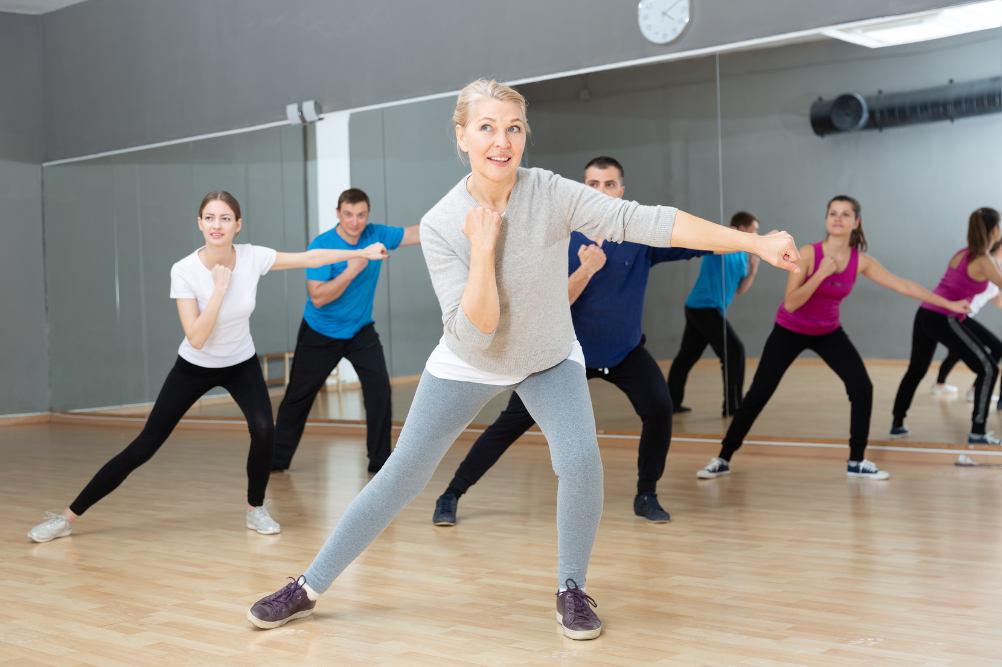Exercise is a crucial component of a healthy lifestyle, providing numerous physical, mental, and emotional benefits. However, it’s important to understand that exercise needs may vary depending on age. In this article, we will delve into the significance of exercising to suit different age groups, exploring the unique benefits it offers at each stage of life.
Why is exercise important for children and adolescents?
Regular exercise is vital for the development and well-being of children and adolescents. Some benefits include:
- Physical development: Exercise promotes healthy growth of bones, muscles, and organs, improving overall physical strength and coordination.
- Cognitive function: Physical activity has been linked to enhanced cognitive function, memory, and academic performance in children.
- Weight management: Regular exercise helps maintain healthy body weight and reduces the risk of childhood obesity.
- Emotional well-being: Physical activity releases endorphins, boosting mood and reducing symptoms of stress and anxiety in children.

How does exercise benefit adults in their prime years?
Engaging in regular physical activity remains crucial during adulthood. Here are the benefits for adults:
- Disease prevention: Exercise reduces the risk of chronic conditions such as heart disease, type 2 diabetes, certain cancers, and osteoporosis.
- Weight control: Physical activity helps maintain a healthy weight by burning calories and building lean muscle mass.
- Improved mental health: Exercise has a positive impact on mental well-being, reducing symptoms of depression, and anxiety, and boosting self-esteem.
- Enhanced cardiovascular health: Regular aerobic exercise strengthens the heart, improves circulation, and lowers blood pressure.
- Increased productivity: Physical fitness contributes to improved focus, energy levels, and productivity in professional and personal endeavours.

What are the benefits of exercise for older adults and seniors?
Staying physically active is especially important as we age. Here’s why exercise is beneficial for older adults:
- Maintaining independence: Regular exercise helps older adults maintain strength, balance, and flexibility, reducing the risk of falls and injuries.
- Chronic disease management: Physical activity can improve symptoms and manage conditions such as arthritis, osteoporosis, and heart disease.
- Cognitive function: Exercise has been linked to a lower risk of cognitive decline and can improve memory and brain function in older adults.
- Social engagement: Group exercise classes or activities provide opportunities for social interaction, reducing feelings of isolation and improving overall well-being.
- Healthy aging: Regular physical activity can help older adults maintain a higher quality of life, independence, and vitality.

Will Exercising To Suit Your Age Reduce the Risk Of Physical Injury?
If you only perform exercises that suit your particular age bracket (including your current level of fitness), your risk of experiencing a sudden or chronic physical injury is certainly reduced. Of course, this will also depend on whether you maintain a healthy and nutritious diet and that when you are exercising, the technique you’re using is sound.
While someone in their 20s is in their prime and might be at their peak of physical strength when lifting weights in the gym, if a teenager or someone in their forties or so tried to lift the same amount of weight on a regular basis, they would be far more likely to suffer an injury. Teenagers have not yet reached their physical prime and are still developing and someone who is middle-aged or approaching that age bracket is actually just beyond their physical prime. Let’s say you’re 45 and you’ve worked out in the gym regularly since you were 20. Chances are that you won’t be lifting the same amount of weight that you did when in your mid-20s.
It’s about exercising smart for exercising longevity rather than trying to maintain the same level of strength and fitness as you age. That’s just not physiologically going to happen.

Will Exercise Reduce Or Increase the Risk Of a Heart Attack In Older People?
According to the majority of health experts, regular exercise for older people actually reduces the risk of developing heart disease or suffering from the onset of sudden heart failure. Of course, this can also be dependent on how strenuous the exercise is that you are doing and whether you already have any existing heart conditions. That’s why it’s wise to regularly check in with your GP regarding your exercise routine and to also have your heart checked periodically as well.
Provided you are not overdoing things in a major way, the general consensus is that you will reduce your risk of developing heart problems if you maintain a regular exercise routine that suits your age. Exercising will help to keep your blood pressure levels normal, which also helps to enhance your chances of maintaining a healthy vascular system.

Recommendations for Exercise Duration for Different Age Brackets
Let’s take a quick look at what the CDC recommends regarding how much exercise people should be getting depending on the CDC’s rather broad age spectrum:
- 3-5 Years – Regular daily physical activity all throughout the day
- 6-17 Years – A minimum of one hour of moderate to intense daily physical exercise or activity
- 18-64 Years – At least 150 minutes per week of moderate exercise and physical activity
- Over 65 – Moderate activity for 150 minutes per week or more
One of those age brackets is extremely broad and therefore contains a lot of scope for varying activities depending on where one falls within that broad age bracket. For example, moderate activity for somebody who is 30 years old might include jogging and weight training, whereas at the far end of the scale, at age 64, that moderate activity might be reduced to regular brisk walking.
The CDC recommendations are a very general guide only and you will be the best person to evaluate what physical activity (and for how long) you can undertake on a regular basis.
Conclusion
Exercise is essential at every stage of life, and understanding the benefits it offers for different age groups is crucial for maximizing its positive impact. From promoting healthy development in children and adolescents to maintaining vitality and independence in older adults, regular exercise offers a wide range of physical, mental, and emotional advantages. By recognizing the importance of tailoring exercise routines to suit specific age groups, individuals can enjoy optimal health and well-being throughout their lives.
Sources:
- American Heart Association – “Children and Exercise” (https://www.heart.org/en/healthy-living/fitness/fitness-basics/children-and-exercise)
- Centres for Disease Control and Prevention – “Physical Activity for Adults” (https://www.cdc.gov/physicalactivity/basics/adults/index.htm)
- National Institute on Aging – “Exercise and Physical Activity: Your Everyday Guide from the National Institute on Aging” (https://www.nia.nih.gov/health/exercise-physical-activity)
- Mayo Clinic – “Exercise: 7 Benefits of Regular Physical Activity” (https://www.mayoclinic.org/healthy-lifestyle/fitness/in-depth/exercise/art-20048389)







